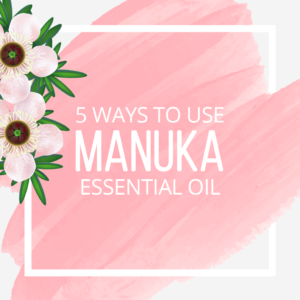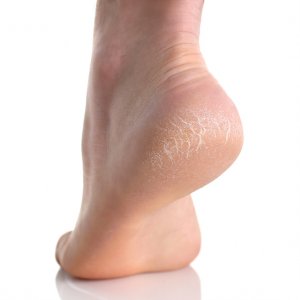Yes, Some Essential Oils Increase Risk of Sunburn
With summer right around the corner, many essential oil users wonder how to protect their skin from harsh summer rays. We should all be using the Mineral Sunscreen Lotion and LavaDerm After Sun Lotion to protect our skin. Let’s remember that certain essential oils increase risk of sunburn. It is important that we include precautions in our seasonal teachings.
What is Phototoxicity?
Phototoxicity is a type of allergic reaction where a chemical substance increases the sensitivity to the ultraviolet (UV) light. Furanocoumarins (FCs) found in some essential oils squeeze between base pairs in DNA. When exposed to UV light, the FCs form covalent bonds with DNA. This crosslinks the DNA. Crosslinking causes an inflammatory response: redness of the skin, sunburn, and, in severe cases, blistering. Unlike regular sunburn, phototoxicity reactions are sometimes delayed for several days. The change in the color of skin may last for weeks.
Which Essential Oils Cause Phototoxicity?
Some essential oils that increase the risk of sunburn are: bergamot, fig leaf, grapefruit, lemon (expressed, not distilled), lime (expressed, not distilled), orange, mandarin, rue, angelica, and cumin. Clementine, combava, skimmia, angelica absolute, celery leaf, celery seed absolute, cumin seed absolute, khella, lovage, and parsnip have a lower risk of phototoxicity. Lemon leaf, mandarin, sweet orange, satsuma, tangerine, tangelo, and yuzu are not phototoxic.
How Often Does Phototoxicity Happen?
Phototoxicity is very common with certain essential oils.
Who is at Risk of Phototoxicity?
People with albinism are the most at risk population. On the other hand, people who have a suntan have a lower risk of phototoxicity. It takes more essential oil to cause the same reactions in people with dark brown or black skin compared to fair, sallow, or light brown skin. Eye color, age, sex or ability to tan makes no difference in the risk of phototoxicity.
What about Ingesting Essential Oils?
Many essential oils that cause phototoxicity are ingestible citrus essential oils. Does ingestion also increase the risk of sunburn? The risk of skin sensitivity is highest when essential oils are applied to the skin. However, ingesting essential oils brings the same set of FCs, and it is possible that ingesting citrus essential oils can also increase the risk of sunburn.
That said, the half life of essential oils (how long the chemical constituents last in the blood following ingestion or application) is very short. When you have a glass on lemon water in the morning, the FCs are eliminated within hours. Because of this, sipping citrus essential oils through the day may increase the risk of sunburn more than one glass in the morning. Makes sense–the higher the dose, the bigger the risk.
Bottom Line
Whether skiing in the winter or beaching in the summer, be sure to teach that some essential oils increase risk of sunburn.
Want more education on essential oil chemistry and how it impacts your day to day life? .












